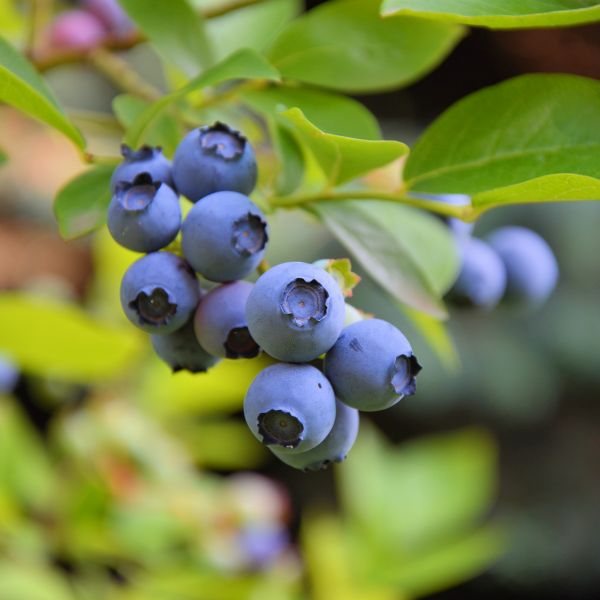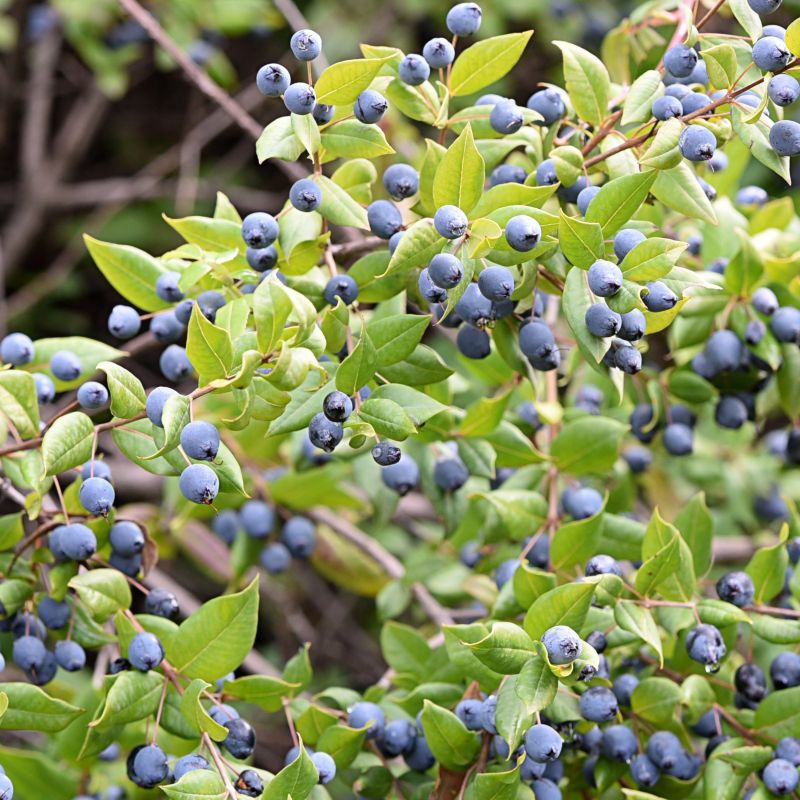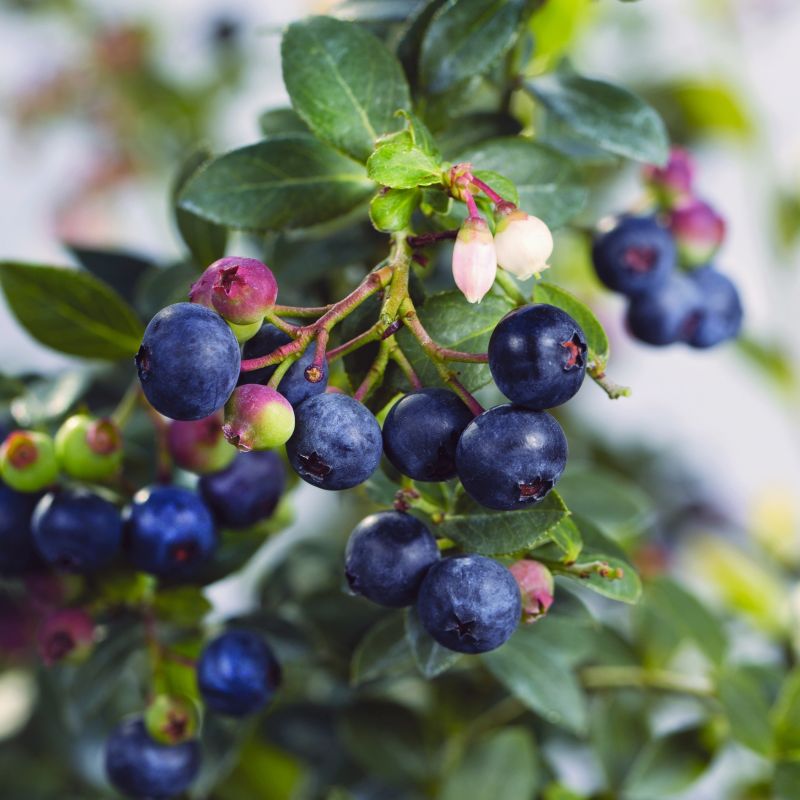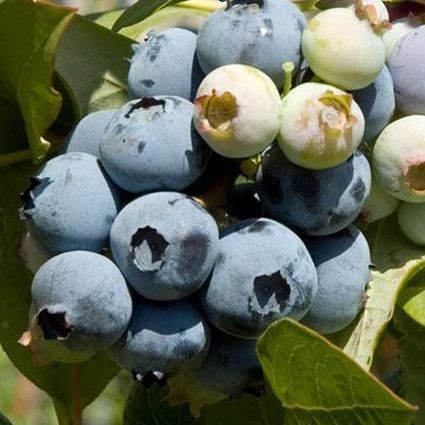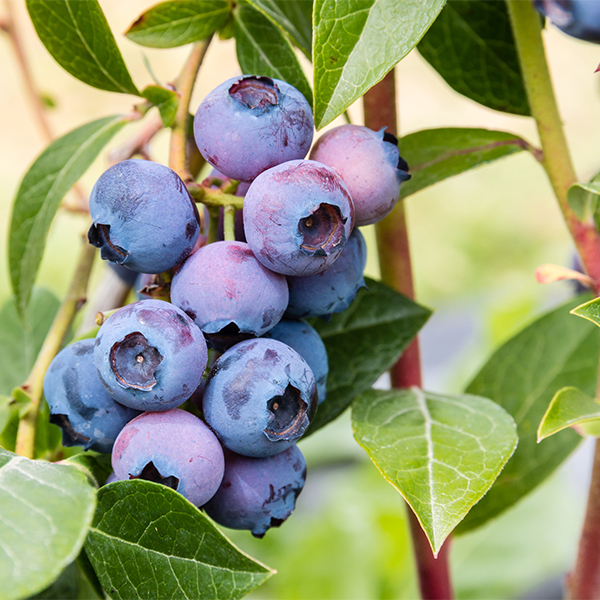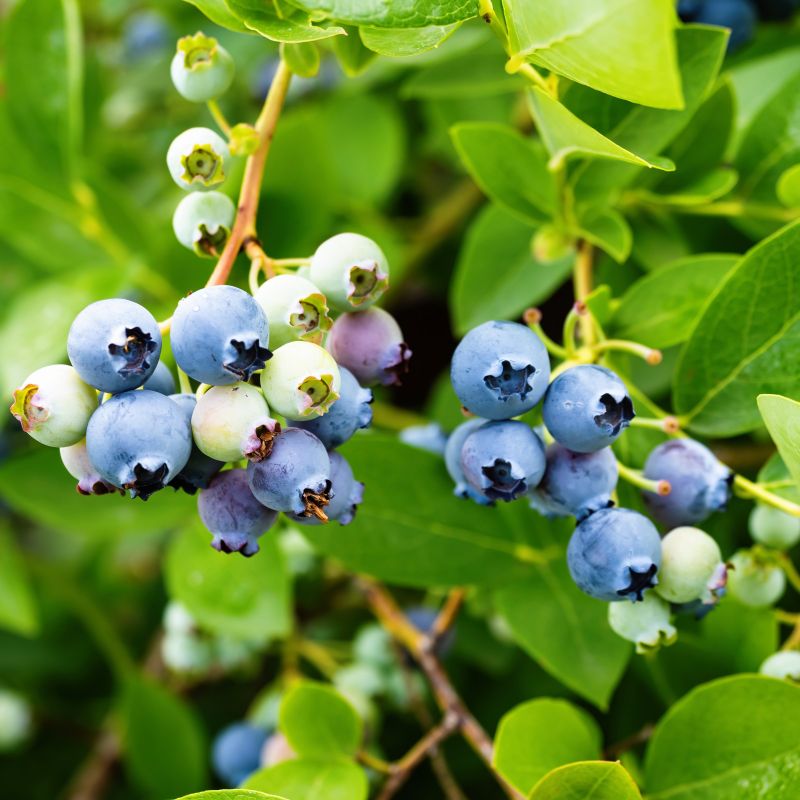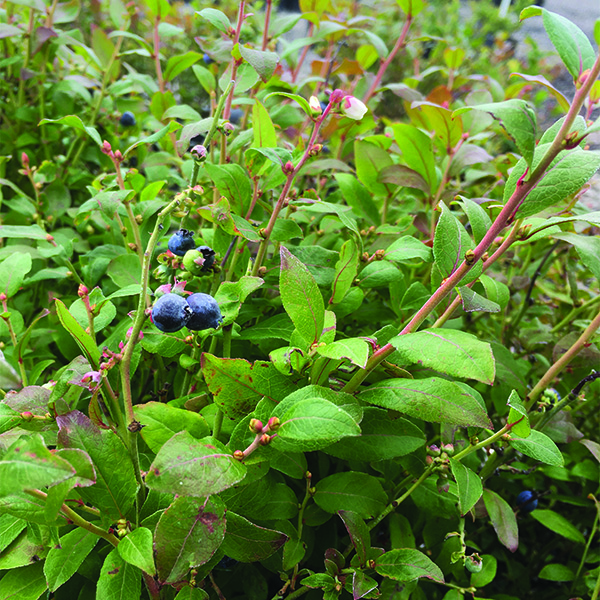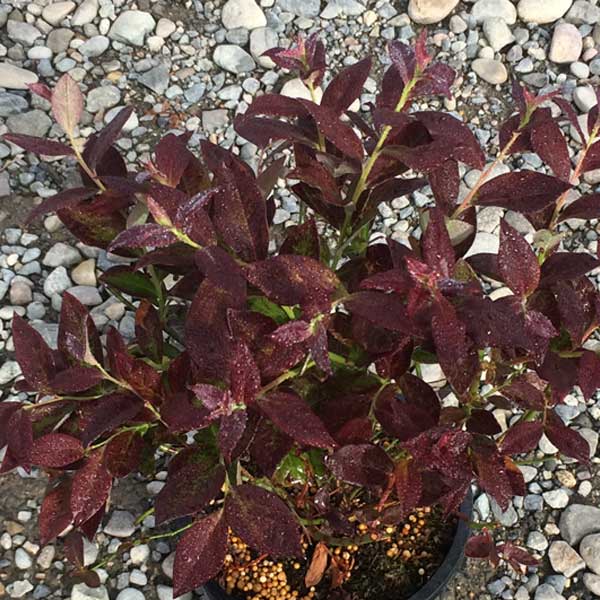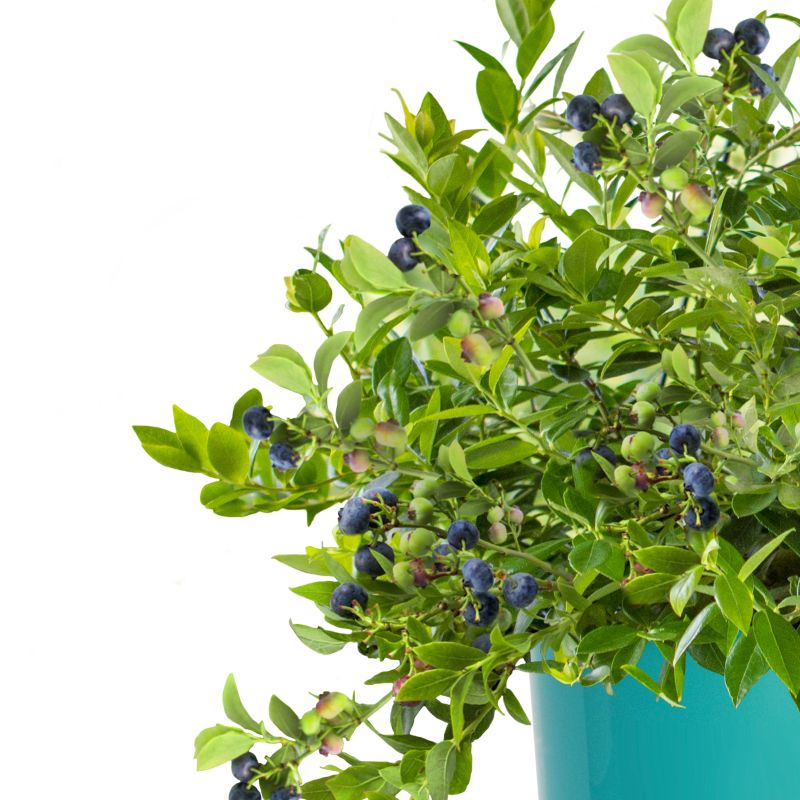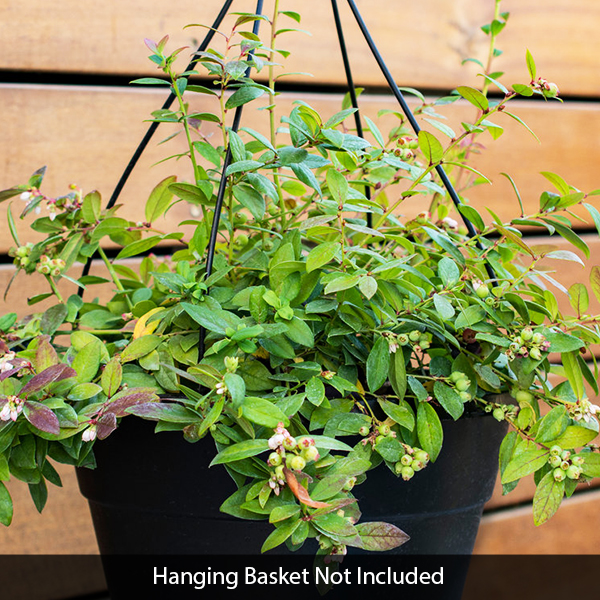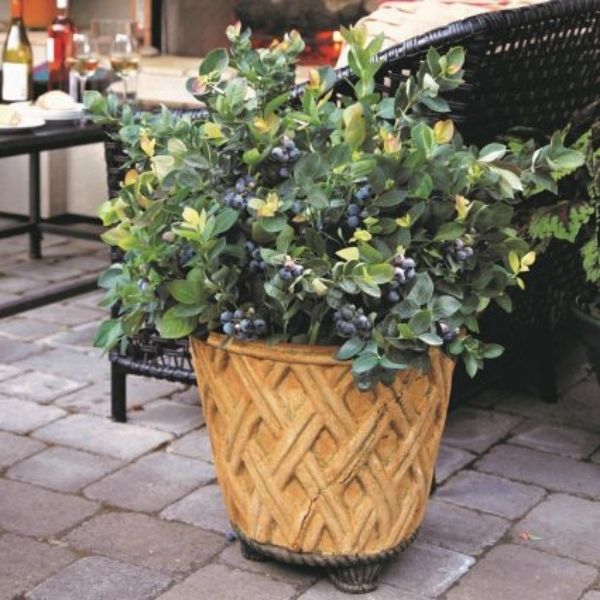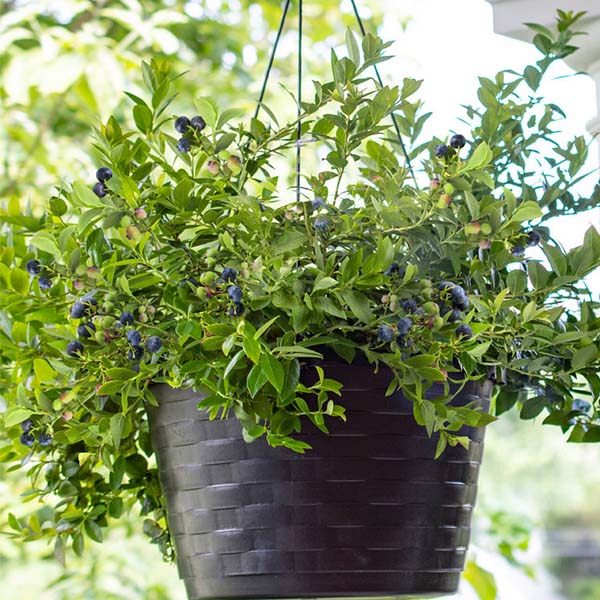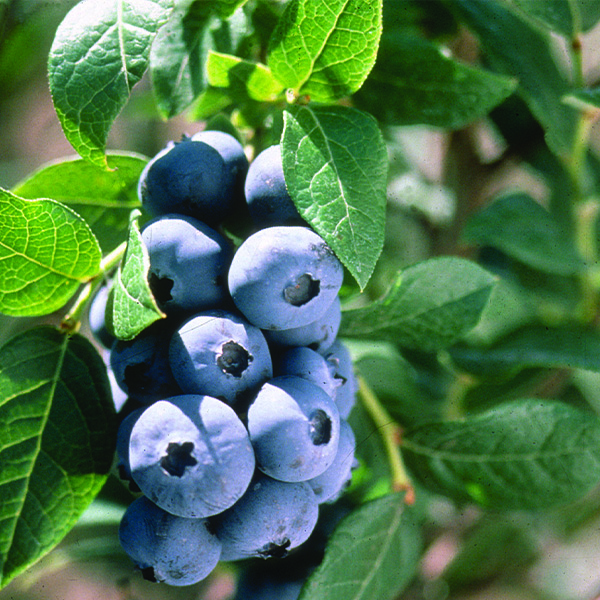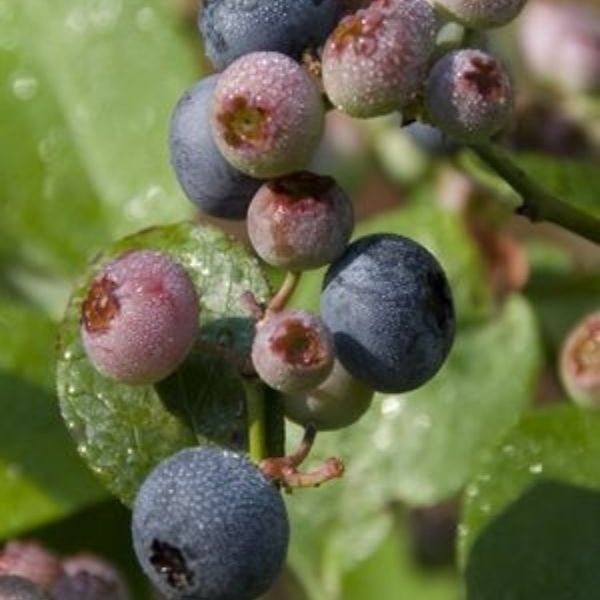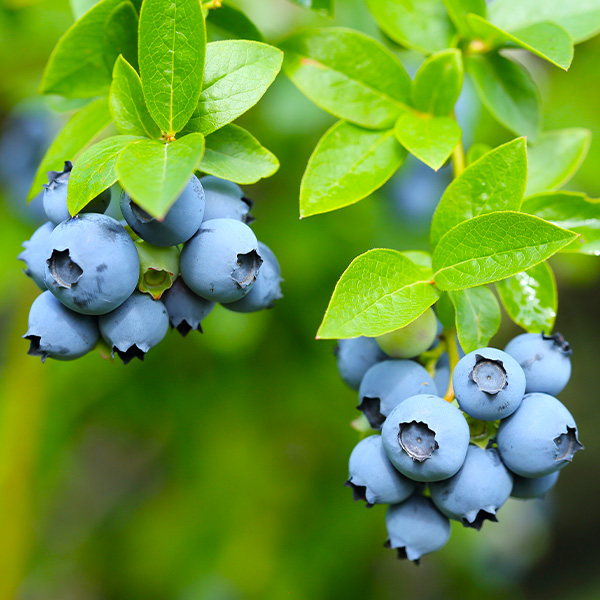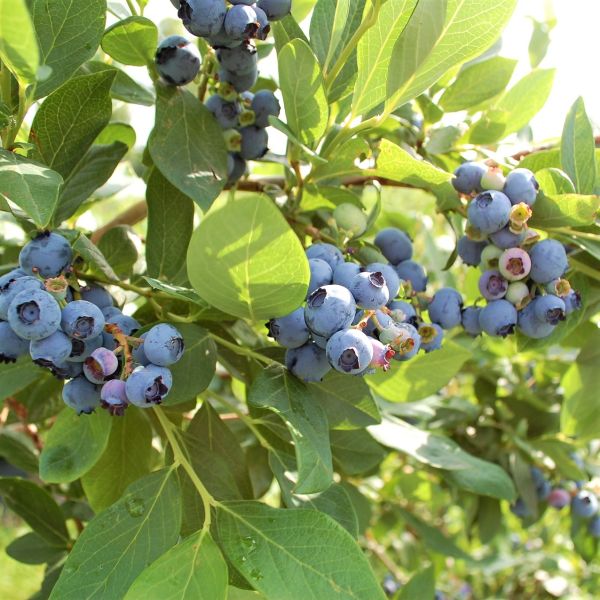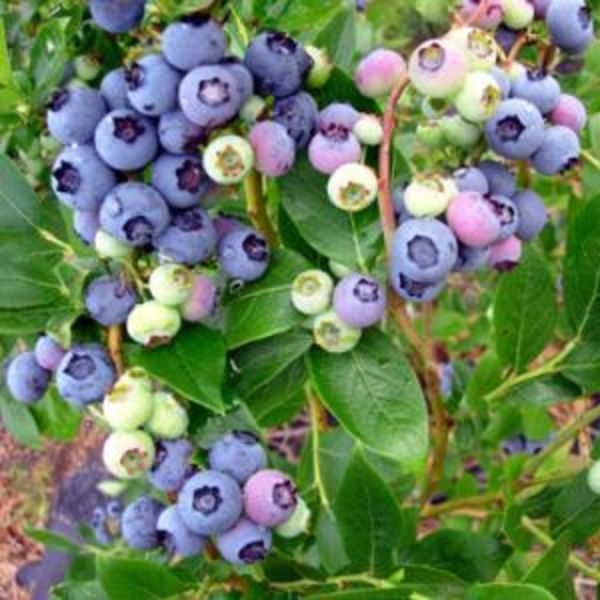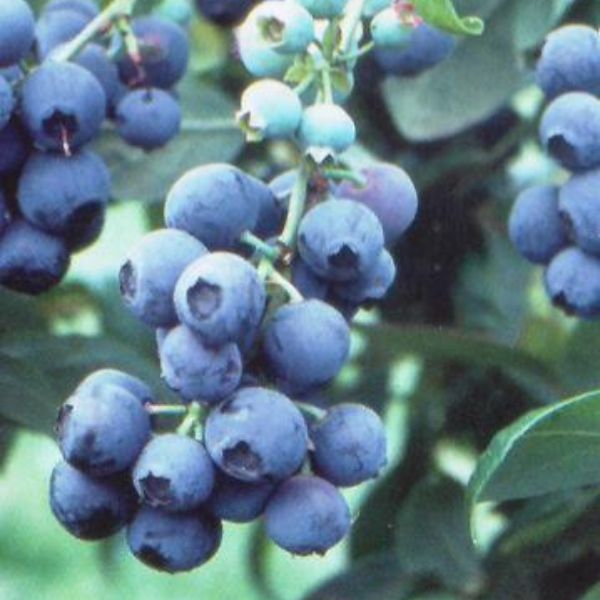
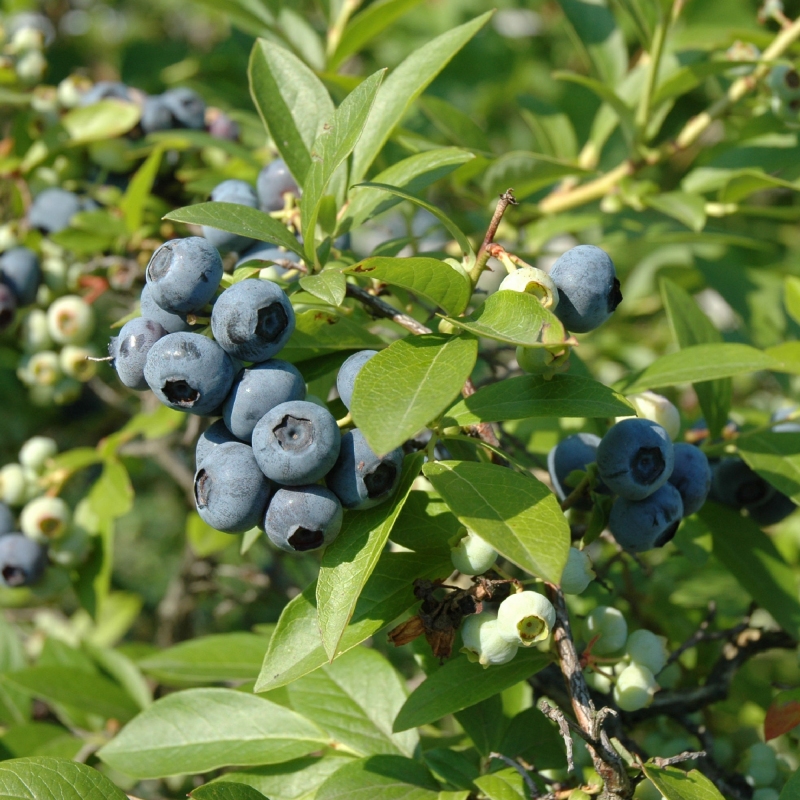

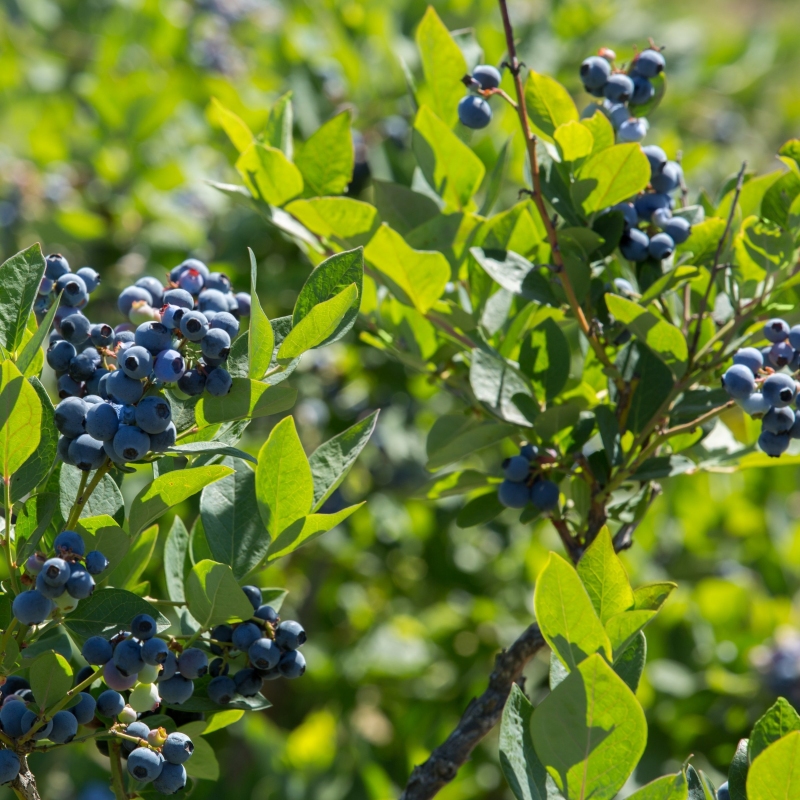
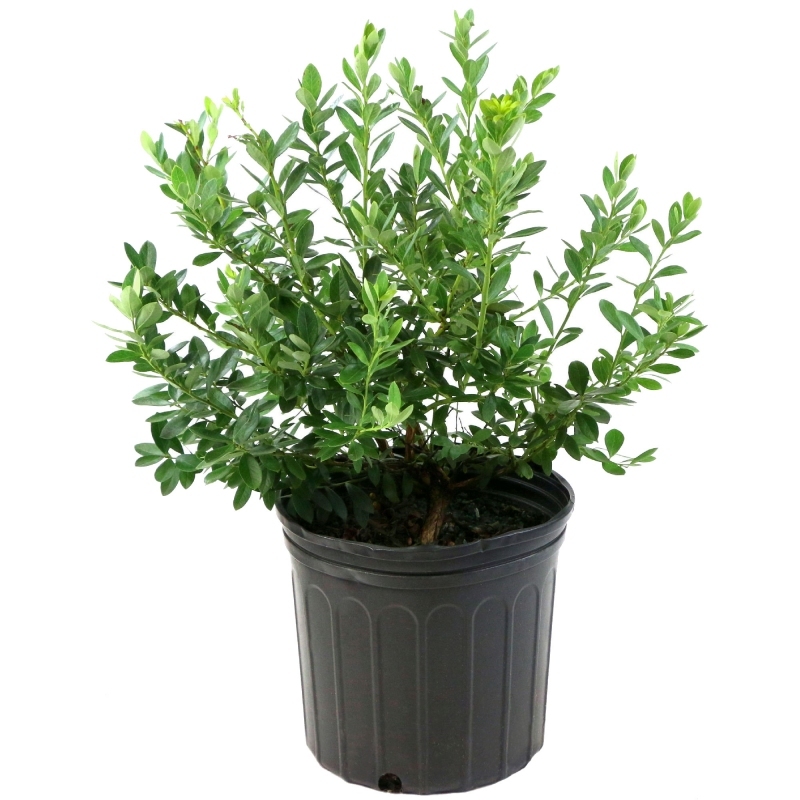
Tifblue Blueberry
Vaccinium ashei 'Tifblue'
15 reviews
Tifblue Blueberry
Vaccinium ashei 'Tifblue'
15 reviews
- 2.5 Gallon
- 1 Gallon
We are sorry, product is currently out of stock due to seasonal availability. Please check the "Related plants available in your area" section below
Not just beautiful - intentionally selected by ShrubHub's 3D landscape design team to fit real-world spaces and maximize yard potential.
Why Tifblue Blueberry?
The Tifblue Blueberry (Vaccinium ashei 'Tifblue') is a popular variety that is known for its high yielding capacity, disease resistance, and ability to thrive in hot and humid conditions. This blueberry cultivar produces large, firm, and sweet berries that are perfect for fresh eating, canning, and baking. Additionally, it is a semi-dwarf plant that is easy to manage and perfect for both home gardeners and commercial growers.
Related plants available in your area
Sunlight
Tifblue Blueberry plants require full sun to thrive and produce a high yield of fruit.
Watering
Tifblue Blueberries require consistently moist soil, but they are sensitive to overwatering. They thrive in well-drained soil and should be watered deeply and regularly, especially during dry periods. Avoid waterlogging the root system to prevent root rot.
Fertilizing
Tifblue Blueberry requires a well-balanced fertilizer with a ratio of approximately 10-10-10 or 14-14-14. It is recommended to follow a regular fertilization schedule, applying the fertilizer in early spring and again in late spring or early summer.
The Tifblue Blueberry - is a dynamic and delicious addition to your garden! This exceptional plant produces abundant, flavorful blueberries that thrill your taste buds. The Tifblue Blueberry thrives in full sun to partial shade and well-drained acidic soil, making it adaptable to various growing conditions. It is hardy in USDA hardiness zones 5-9.
With its low maintenance requirements, the Tifblue Blueberry is a breeze to grow. Regular watering and yearly pruning are necessary to ensure optimal health and shape. Its attractive foliage features deep green leaves that turn a magnificent shade of bronze in the fall, adding visual interest to any garden or landscape design.
The Tifblue Blueberry offers a plentiful harvest but it also attracts beneficial pollinators like bees and butterflies. Its delicate white and pink flowers provide nectar and support local ecosystems while enhancing the beauty of your garden.
The Tifblue Blueberry is additionally known for its exceptional disease resistance and ability to produce a heavy crop of berries. This reliable and robust plant ensures a consistent yield year after year, rewarding you with an abundance of delicious blueberries. Additionally, the berries can be enjoyed fresh, used in baking, or transformed into delightful preserves or jams.
Discover the pure delight of cultivating your blueberries with the Tifblue Blueberry. With its effortless maintenance, mouth-watering fruit, and stunning visual appeal, this extraordinary plant is an essential addition to any garden or edible landscape. Get ready to be astonished by the bountiful yield and irresistible flavors of the Tifblue Blueberry right in your backyard!
Plant Information:
| Botanical Name: | Vaccinium ashei 'Tifblue' |
| USDA Zones: | 6 - 9 |
| Water: | Medium |
| Exposure: | Full Sun |
| Soil Needs: | Well drained |
| Mature Height: | 10 - 12 feet |
| Mature Spread: | 10 - 12 feet |
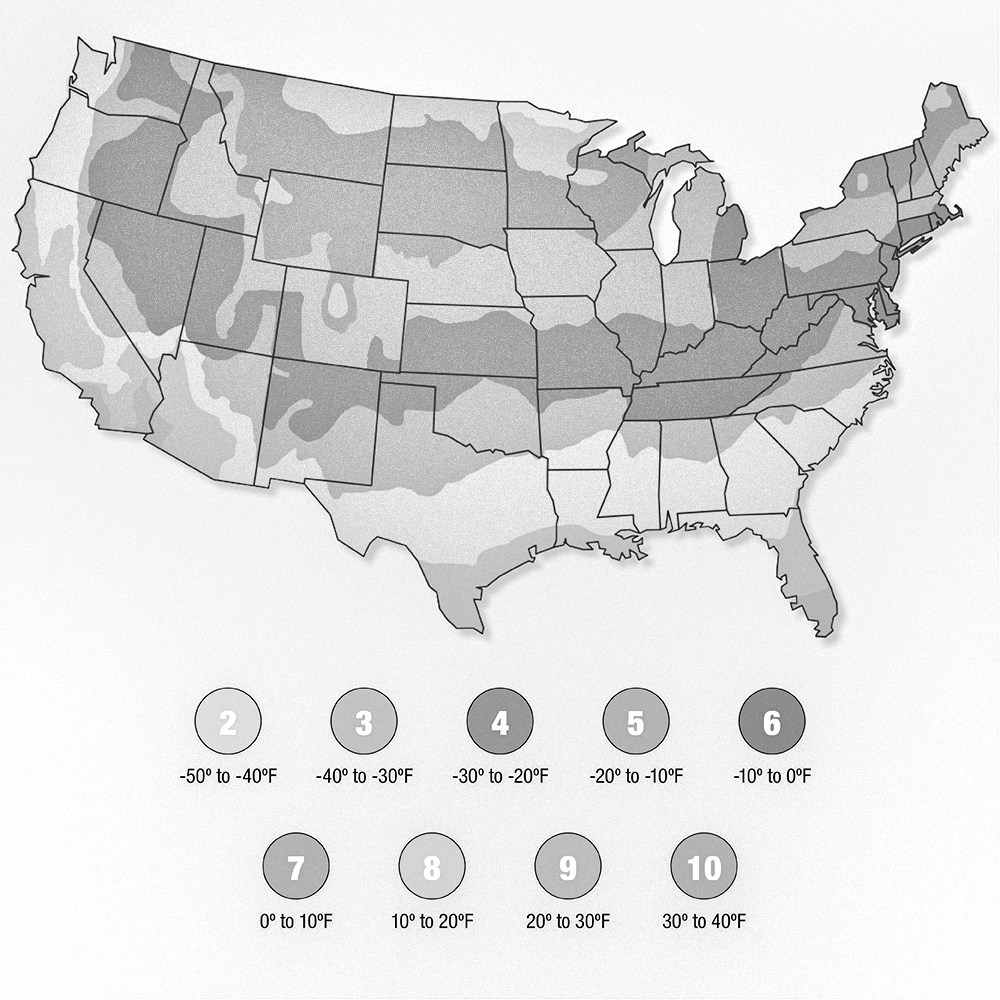
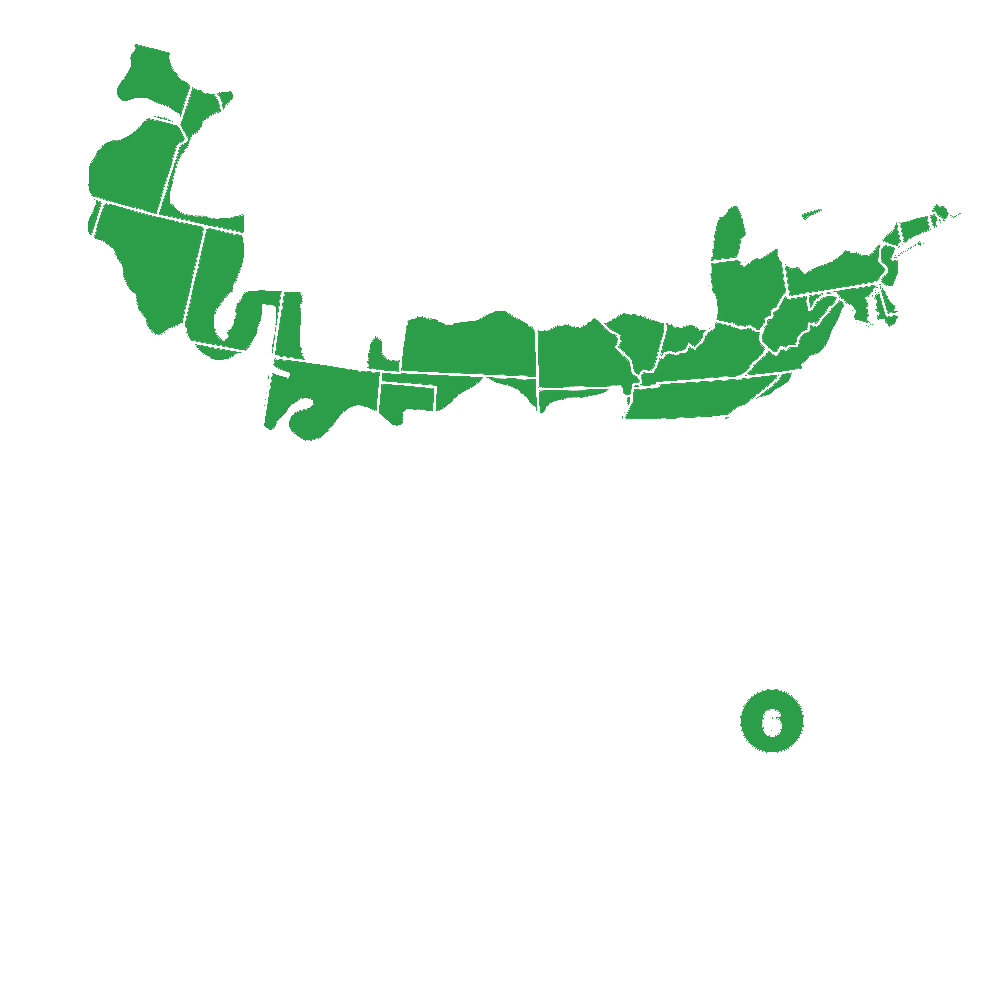


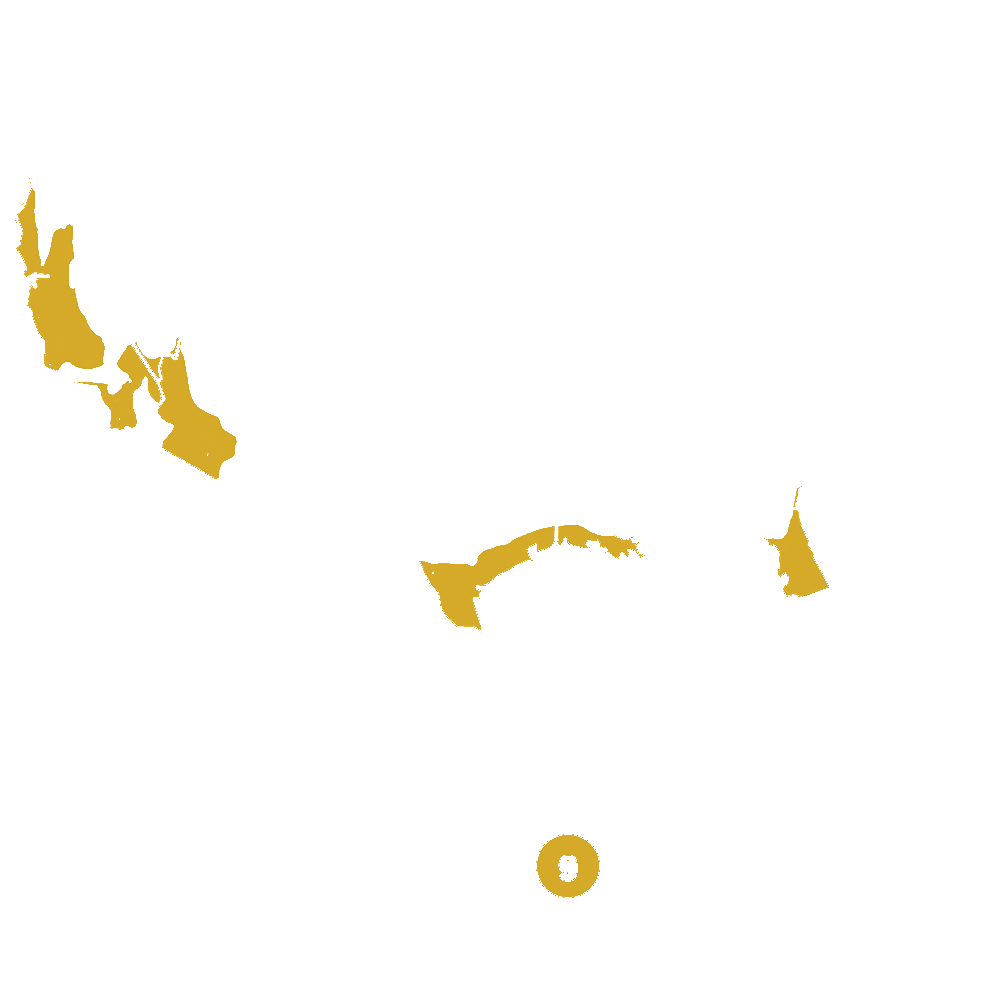
Pollination Info
Tifblue Blueberry (Vaccinium ashei 'Tifblue') is a partially self-fertile blueberry cultivar, meaning it can produce some fruit without cross-pollination. However, cross-pollination with another blueberry cultivar can increase fruit yield and size.
The best pollinators for Tifblue Blueberry are other southern highbush cultivars, such as Centurion, Powderblue, or Brightwell. Rabbiteye cultivars, such as Premier or Climax, can also be effective pollinators.
It is important to have at least one pollinator plant for every 5-6 Tifblue plants. Bees and other pollinators are necessary for effective cross-pollination.
To ensure good pollination, place Tifblue and its pollinator plants within 100 feet of each other, and avoid planting them in windy or shaded areas. Pruning and thinning the plants can also contribute to better pollination and fruit set.
FAQ
Tifblue Blueberry (Vaccinium ashei 'Tifblue') FAQs
1. What is Tifblue Blueberry?
Tifblue Blueberry is a deciduous shrub that belongs to the Ericaceae family. It is a variety of the southern highbush blueberry (Vaccinium ashei), which is one of the main types of blueberries grown in the southeastern United States.
2. What are the features of Tifblue Blueberry?
Tifblue Blueberry is a medium-sized shrub that can grow up to 6 feet tall and 4-5 feet wide. It has dark green leaves that turn red in fall, and produces small, white, bell-shaped flowers in spring that give way to flavorful blueberries in mid-summer. Its fruit is medium to large in size, and has a sweet taste with a hint of tartness.
3. How do you care for Tifblue Blueberry?
- Soil: Tifblue Blueberry requires well-draining soil that is rich in organic matter. The soil pH should be between 4.5 and 5.5.
- Water: Keep the soil moist but not waterlogged. During dry spells, water the plant deeply once a week.
- Fertilizer: Apply a balanced fertilizer in early spring before new growth begins, and again in early summer after the plant has finished fruiting.
- Pruning: Prune the plant in late winter or early spring to remove any dead wood and improve air circulation. Remove any low-growing branches to encourage upright growth.
- Pollination: Tifblue Blueberry requires cross-pollination from another blueberry plant to set fruit. It is recommended to plant two or more varieties of blueberry to ensure a good crop.
4. When is the best time to plant Tifblue Blueberry?
The best time to plant Tifblue Blueberry is in fall or early spring when the plant is dormant. This allows the roots to establish before the plant begins to grow. If planting in spring, do it as early as possible to avoid the summer heat.
5. How long does it take for Tifblue Blueberry to bear fruit?
Tifblue Blueberry typically takes 2-3 years to bear fruit after planting. However, the quality and quantity of the fruit can improve as the plant matures.
6. What are the pests and diseases that affect Tifblue Blueberry?
- Pests: Birds, deer, and rabbits can damage the fruit and leaves. Insects such as aphids, mites, and thrips can also attack the plant.
- Diseases: Blueberry stem blight, botrytis fruit rot, and powdery mildew are some of the common diseases that affect Tifblue Blueberry. Proper sanitation, pruning, and the use of fungicides can help prevent and control these diseases.
7. What are some other varieties of blueberry?
Some other popular varieties of blueberry are:
- Jersey: An early-season blueberry that produces large, sweet fruit.
- Bluecrop: A mid-season blueberry that produces large, firm fruit with a sweet flavor.
- Elliott: A late-season blueberry that produces small to medium-sized fruit with a tangy flavor.
Planting & Care
Planting Instructions for Tifblue Blueberry
Choosing and Preparing a Planting Site:
1. Choose a location with well-draining soil that gets full sun to partial shade.
2. Test the soil’s pH level and adjust it to between 4.5 and 5.5, which is ideal for blueberries.
3. Dig a hole twice as wide as the blueberry plant’s root ball and till the soil around it to loosen it.
Planting:
1. Carefully remove the Tifblue Blueberry plant from its container and loosen any tangled roots.
2. Place the plant in the center of the hole, making sure the top of the root ball is level with the surrounding soil.
3. Fill in the hole with soil, gently tamping it down around the plant.
4. Water the newly planted blueberry bush thoroughly.
Care Instructions for Tifblue Blueberry:
Watering:
1. Tifblue Blueberries need regular watering, especially during dry spells. Water deeply, so the water penetrates down to the roots.
2. Water the plants once a week, or more frequently if the soil dries out faster.
Fertilizing:
1. Apply a balanced fertilizer, such as 10-10-10, in early spring before new growth begins.
2. Repeat the application in mid-summer if the plant looks weak or unproductive.
3. Follow the recommended dosage carefully, as over-fertilization can damage the plant.
Pruning:
1. Prune Tifblue Blueberries in late winter or early spring, before new growth starts.
2. Remove any weak or diseased branches with pruning shears. Cut the branch as close to the main stem as possible.
3. Thin out the bush by cutting any crossing branches or those that clutter the center.
4. Prune so that the bush has an open center and an overall balanced shape.
Pest Control:
1. Look for signs of insect pests, such as Japanese beetles and spider mites, and control them with insecticide or insecticidal soap.
2. Protect the plant from birds by netting the bush or using scare devices.
Harvesting:
1. The Tifblue Blueberry bush will start producing fruit 3 years after planting.
2. Harvest the berries when they are fully blue, plump, and slightly soft to the touch.
3. Use a gentle hand to avoid bruising the fruit.
Check Out These Verified Customer Reviews:
Customer Reviews
4.6 out of 5 based on 15 reviews
Thank you! Your review has been submitted.
The Tifblue Blueberry plants arrived in perfect condition, well-packaged and healthy. They have been thriving since planting, producing delicious berries. Excellent quality and service.
Sweet and juicy berries
The Tifblue Blueberry arrived fresh and in great condition. The berries were plump and full of flavor.
Item has been added to your cart.



